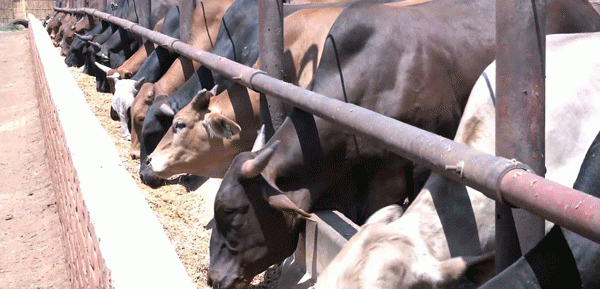
CATTLE farmers in Matebeleland have been encouraged to use proper stockfeed for their livestock to ensure their survival, particularly during the dry season.
Matabeleland South Provincial Veterinary officer Enat Mdlongwa told Southern Eye that there was need for supplementary feeding for livestock during droughts.
“We encourage farmers to switch from the protein lick to calcium and phosphorus lick to maintain the body condition of livestock during the dry season,” Mdlongwa said.
His remarks came soon after Matabeleland South and Matabeleland North traditional leaders expressed concern that cattle in their provinces were starving as pastures had dried up, while most areas were also experiencing water shortages.
The chiefs said this was due to the low rainfall pattern associated with the province.
Chief Mathema of Gwanda said climate change had a negative impact on livestock in the province.
“Climate change is real because rainfall levels are now low compared to last year, and this has affected our livestock in terms of access to water,” chief Mathema said.
Chief Mabhikwa of Lupane in Matabeleland North said rainfall was low this time of the year, prompting fears of a possible negative effect on cattle.
“Rainfall levels are low, and if this prolongs some livestock will die,” chief Mabhikwa said.
He, however, said no deaths had so far been recorded.
Chief Mabhikwa said those selling their livestock at this time of the year were not getting good prices as the cattle were thin due to hunger.
Matabeleland South is well known for cattle farming. In the past years, farmers have lost large numbers of livestock to successive droughts.
In the 2019/20 season, Matabeleland South province was the hardest hit after it lost more than 4 500 cows to drought.
Masvingo province had in excess of 4 000 cattle dying, while the Midlands province had over 2 040 cattle deaths.
According to the Department of Veterinary Services, the country lost an estimated 30 000 cows in 2019 and 2020.
Farmers now fear that if drought strikes again, they will lose more cattle.







